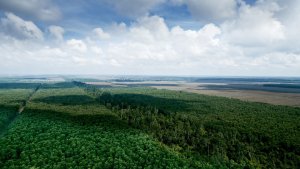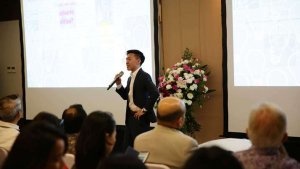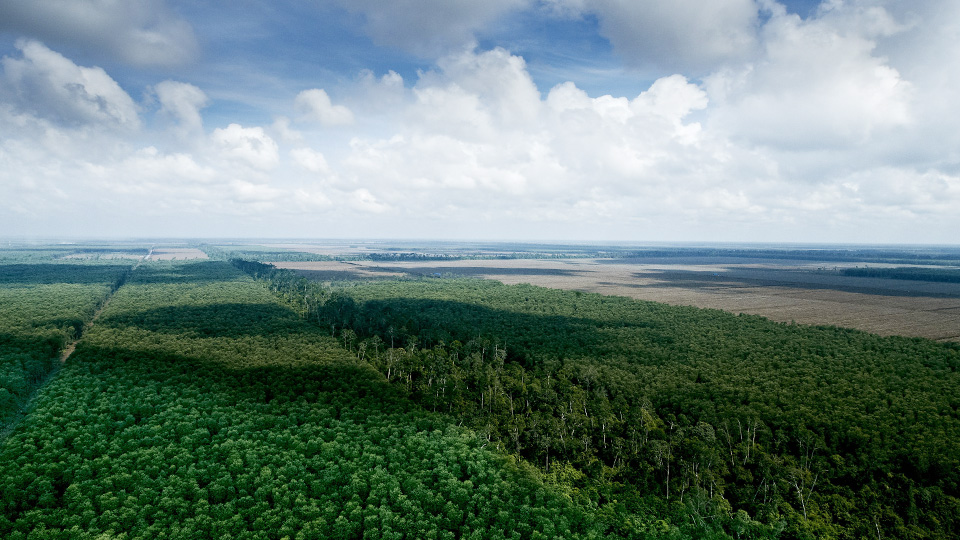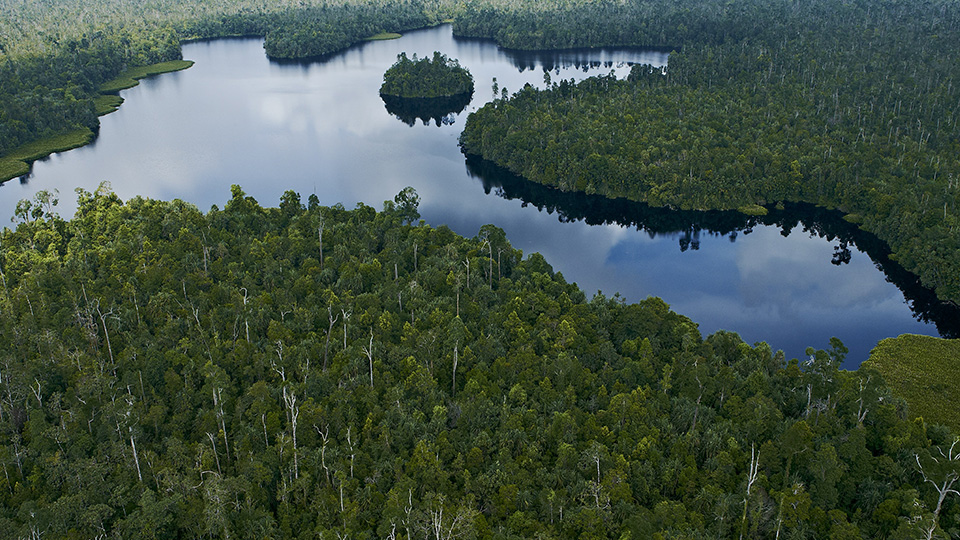The Importance of Peatland Forest Protection
- Details
Every year in Indonesia, the onset of dry season brings with it concerns over the potential impact of forest and land fires. The problem is exacerbated by the fact that fires sometimes occur in the country’s peatland areas, resulting in carbon emissions which can threaten communities and livelihoods.
But what are peatlands and why are they important?
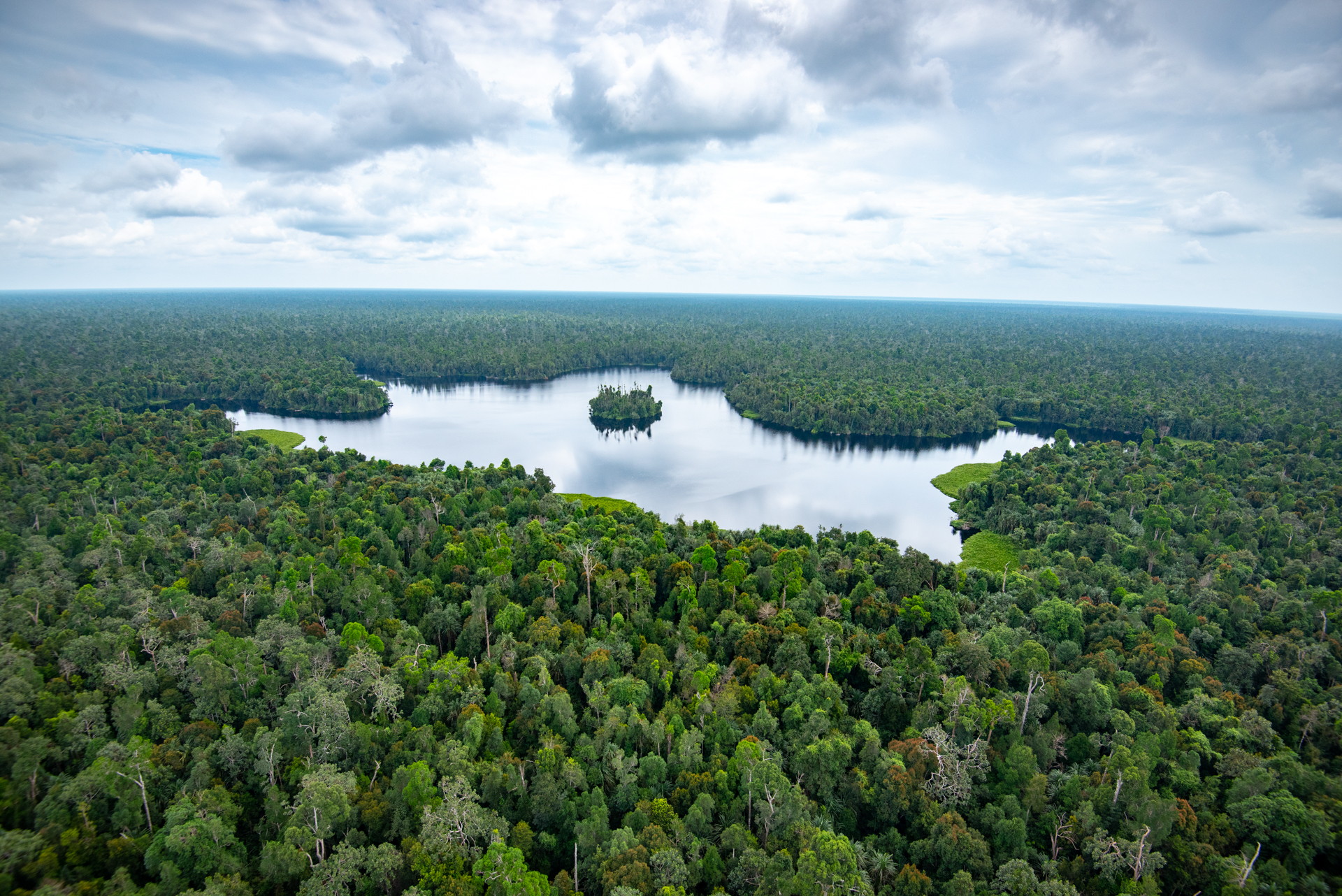
Peatlands are defined by the International Union for Conservation of Nature (IUCN) as a kind of wetlands, which are critical for preserving global biodiversity, minimising flood risk and helping to address climate change.
Specifically, the IUCN states: ‘The term ‘peatland’ refers to the peat soil and the wetland habitat growing on its surface. In these areas, year-round waterlogged conditions slow the process of plant decomposition to such an extent that dead plants accumulate to form peat. Over millennia this material builds up and becomes several metres thick’.
Peatlands cover only about three per cent of the planet’s land, but account for nearly half the world’s wetlands. Peatlands also store twice as much carbon as all the world’s forests. This means that, if fire occurs on peatland, carbon is released and becomes a major source of greenhouse gas emissions.
This is a major challenge to be addressed in Indonesia, which is home to the second largest peatlands in the world, covering a total area of 13,43 million hectares. It also explains the importance of protecting the country’s peatland forest ecosystems, as a means of reducing emissions. An example of this kind of forest ecosystem is Restorasi Ekosistem Riau (RER).
Restorasi Ekosistem Riau
Not many people are aware that the largest block of intact peatland forest in Southeast Asia is located approximately 200 kilometers from the city of Pekanbaru, in Riau province.
Restorasi Ekosistem Riau is comprised of 150,693 hectares of peatland - an area about twice the size of Singapore - on the Kampar Peninsula and nearby Padang Island – and is home to a large number of both local and globally protected species, such as the Sumatran tiger, the sun bear, and the flat-headed cat.
Since obtaining the required ecosystem restoration licenses for (IUPHHK-RE) back in 2012, the RER teams have made significant progress in their efforts to preserve and restore the peatland forest ecosystem. The number of plant and animal species identified across the four concession areas that make up the RER has steadily risen over the years.
As of December 2019, the RER teams had identified no fewer than 797 species of plants and animals in the area. Of this number, 77 are included in the IUCN red list as internationally threatened species. In addition, a number of peat-swamp endemic tree species have been identified, such as Meranti Bakau (Shorea platycarpa) and Resak Paya (Vatica teysmanianna). Both plant species are classified as critically endangered.
More importantly, RER has remained fire free in the seven years since the program became operational in 2013. This is critical as conserving peat swamp forest means preventing the release of carbon dioxide into the atmosphere to reduce and prevent climate change.
APRIL2030
APRIL was one of the founders of the RER program, which is a key element of the company’s commitment to conservation and to the responsible management of peatland. APRIL’s management of peatland landscapes is guided by its production-protection model and supported by its SFMP 2.0 commitments.
But the company’s focus on conservation is also central to its APRIL2030 strategy. As part of its Thriving Landscapes commitment area, APRIL will set aside funds from each tonne of wood used in production to provide US$10 million of financing annually for investment in conservation and restoration. The company will also ensure that there will be no net loss of conservation and restoration areas in the next decade.
The APRIL2030 strategy also includes targets to drastically reduce carbon emissions based on science-based solutions. This includes achieving net zero emissions from land use by optimising carbon sequestration and storage across landscape types, including peatland.
APRIL continues to work to ensure a robust understanding of peatland science based on an extensive data set built up over the past decade. This will in turn inform the company’s long-term targets for emissions reductions and for the protection of peatland landscapes.
Are you interested to learn more? Check out our Instagram @discoverapril and our Linkedin here!
More Articles
